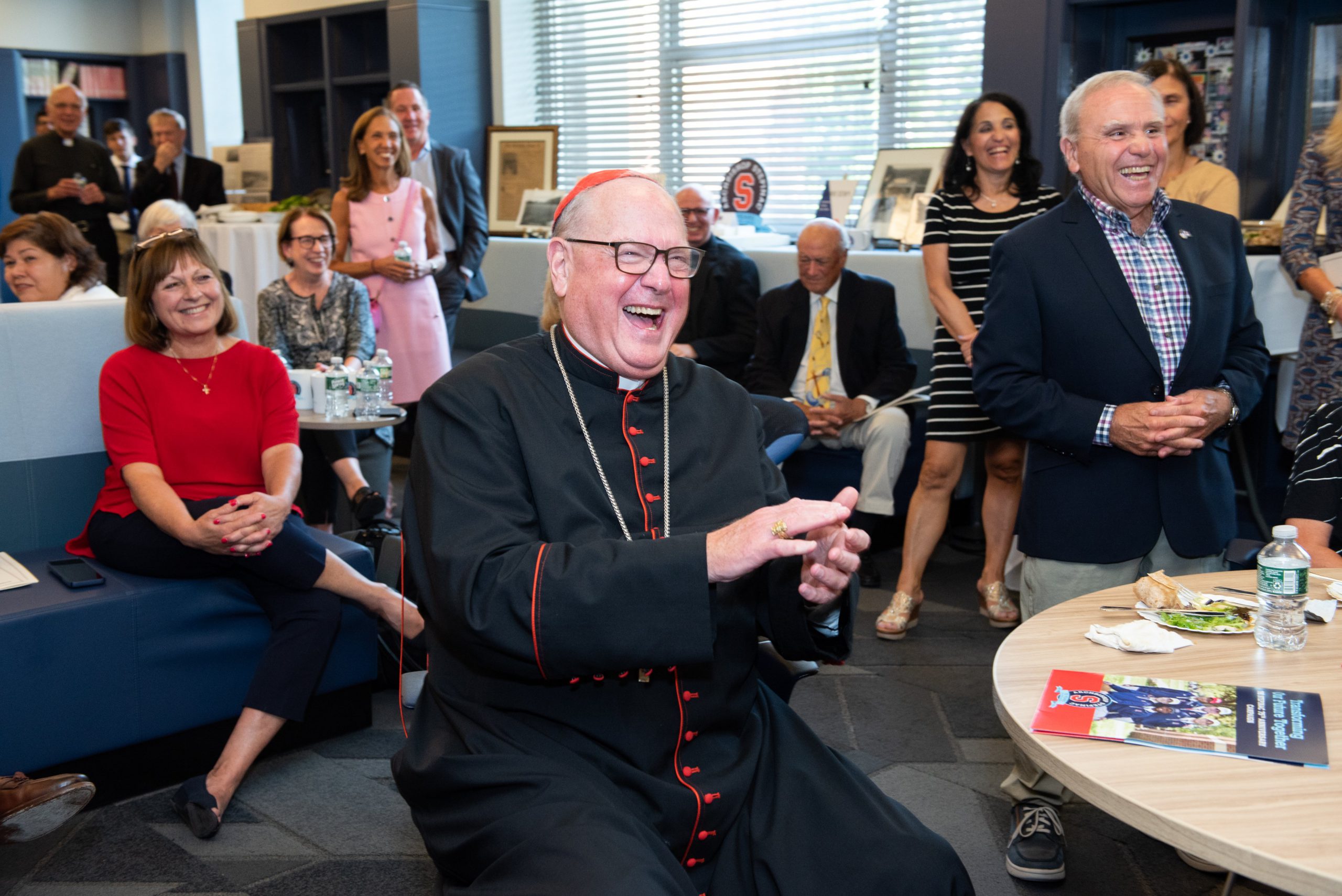Hits: 643

Dear Friends,
In last week’s newsletter (which you can view here), I explained the basic process for adoption of the NYS budget. On Monday, March 14, the Assembly passed the “Assembly One House Budget”, which is the Assembly’s response to the Governor’s budget proposal. The State Senate also adopted its “Senate One House Budget”. While there are not gaping differences between the two proposals, the two chambers are now coming together in budget conferences to develop a single budget response to the Governor’s proposal. As a new member, I was honored to be appointed to one of the conference committees.
The Assembly One House Budget makes historic investments in health care, housing, education, higher education and local governments, and includes funding for critical transportation projects, small businesses, environmental protection, people with disabilities, veterans and more.
The Assembly also passed important legislation this week to modify the practice of solitary confinement in our prison system, as well as to expand the number and accessibility of Veterans Treatment Courts.
2021-2022 Budget Update

The recently-adopted American Rescue Plan provides significant pandemic relief funding to New York, at all levels of government (we are very grateful to New York’s Democratic Congressional Delegation – most especially Senate Majority Leader Chuck Schumer – for fighting to make this happen). At the same time, economists have revised upward the state’s revenue projections, due in large part to New York’s economy pulling out of the recession faster than anticipated (although we still have a ways to go).
These two critical developments explain, at least in part, why the NYS legislature feels it is prudent and responsible to propose higher spending levels than the Governor proposed. And it is also for these reasons that the Assembly and State Senate proposals do not include most of the funding cuts sought by the Governor in his budget.
Highlights of the Assembly One House budget:
- $208.3 billion spending plan, which is $15.6 billion or 8.1% over the 2020-21 budget adopted during the onset of the pandemic-induced recession. The higher budget levels are critical to helping our communities recover and restart New York’s economy.
- The proposal would increase the top personal income tax rate from 8.82% to 9.85% for single filers earning more than $1 million and couples earning more than $2 million. It would also establish two new brackets: 10.85% for taxpayers between $5 million and $25 million and 11.85% for taxpayers over $25 million.
- Continuing the phase-in of the ongoing middle-class tax cuts, which the Governor had proposed discontinuing. Under these reforms, when fully phased-in, these rates will be the State’s lowest middle-class tax rates in more than 70 years.
- Significant investments in our schools, including a $1.4 billion increase in Foundation Aid (the largest unrestricted aid category supporting public school district expenditures). The budget also includes $10 million for homeless students and $10 million to support mental health in schools.
- $18.6 billion in higher education, including increased funding for opportunity programs. The budget also rejects proposed tuition increases for SUNY and CUNY.
- $3.125 billion in combined federal and state dollars for programs that provide rent relief, as well as $200 million to reduce homelessness.
- $1 billion for a new Small Business Reopening and Relief Grant Program, to aid small businesses (including farms).
- $11.3 billion for the state’s transportation network. This includes significant funding for local road repairs.
- Significant investments in environmental protection, including$400 million for the Environmental Protection Fund (which includes $100 million in anticipated federal funding) and $500 million for clean water infrastructure projects.
- $94.2 million for the Office of People with Developmental Disabilities (OPWDD) to create new service slots, including an expansion of certified housing supports, community habilitation, respite services, housing subsidies, self-direction of services and an expansion of day programs and employment options.
- $20.84 million for veterans programs, an increase of $1.19 million over the Governor’s proposal. This budget restores funding to critical programs that help veterans receive their benefits, smoothly transition into civilian life, and improve their mental health during these unprecedented times.
- $1.8 billion in federal funds for expanded access to childcare. The plan also includes $500 million for additional state funds to support childcare providers and families, and expand eligibility and access to subsidies.
- $100 million in funding for an Arts Recovery and Revitalization Program.
Once the Conference Committees finish their work, and an updated budget is reported back to both chambers, additional negotiations will then take place with the Governor. A final budget must be voted on by March 31.
I will keep you posted on the progress of the budget. In the meantime, if you have any questions about the information above – or about any budget-related issues not mentioned above (as these were the highlights) – please don’t hesitate to reach out.
